Astronomers studied 200,000 galaxies to measure the rate at which our Universe is emitting energy and concluded that is dying.
The research is part of the Galaxy And Mass Assembly (GAMA) project, the largest multi-wavelength survey ever put together.
Above: This composite picture shows how a typical galaxy appears at different wavelengths in the GAMA survey. This huge project has measured the energy output of more than 200 000 galaxies and represents the most comprehensive assessment of the energy output of the nearby Universe. Credit ICRAR/GAMA and ESO.
The results confirm that the energy produced in a section of the Universe today is only about half what it was two billion years ago and this is occurring across all wavelengths from the ultraviolet to the far infrared.
The study involves many of the world’s most powerful telescopes, including ESO’s VISTA and VST survey telescopes at the Paranal Observatory in Chile. Supporting observations were made by two orbiting space telescopes operated by NASA (GALEX and WISE) and another belonging to the European Space Agency (Herschel).
Simon Driver (ICRAR, The University of Western Australia), who heads the large GAMA team, said:
“We used as many space and ground-based telescopes as we could get our hands on to measure the energy output of over 200 000 galaxies across as broad a wavelength range as possible.
While most of the energy sloshing around in the Universe arose in the aftermath of the Big Bang, extra energy is constantly being generated by stars as they fuse elements like hydrogen and helium together,” Simon Driver says. “This new energy is either absorbed by dust as it travels through the host galaxy, or escapes into intergalactic space and travels until it hits something, such as another star, a planet, or, very occasionally, a telescope mirror.”
source ESO.org

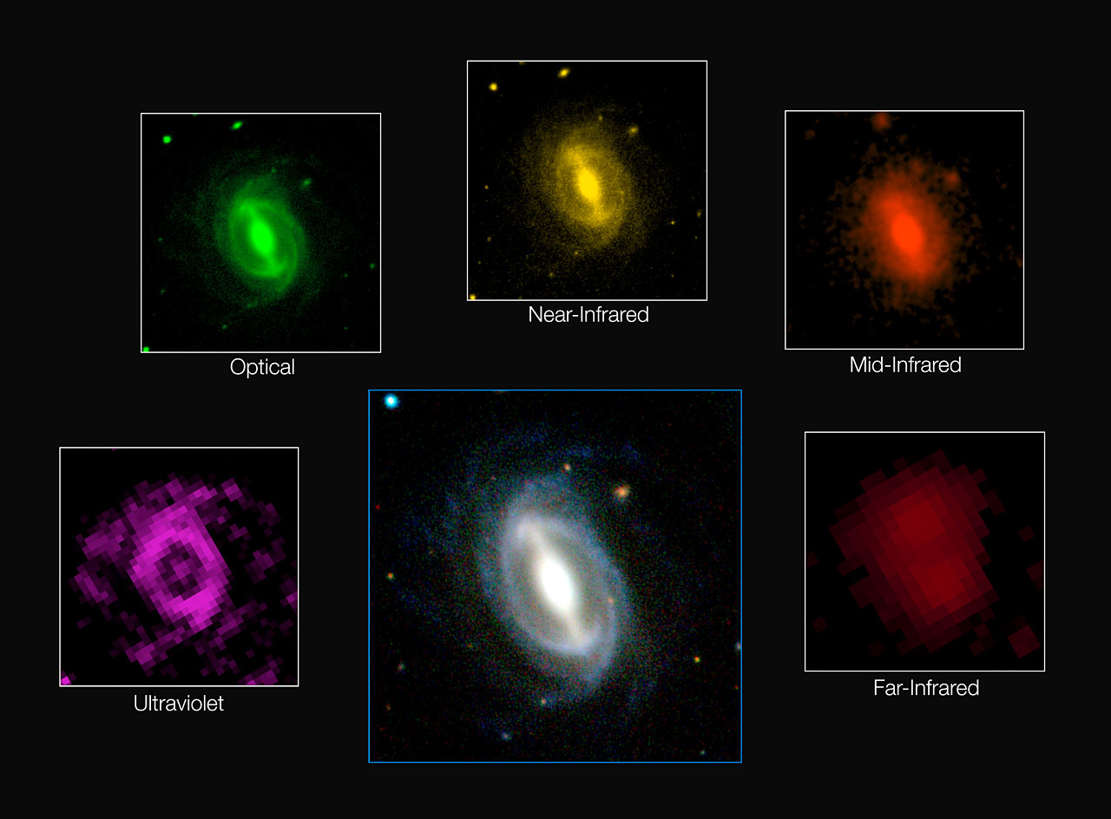
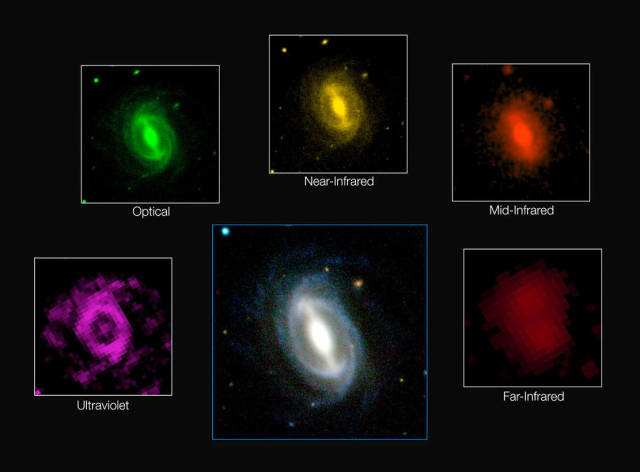
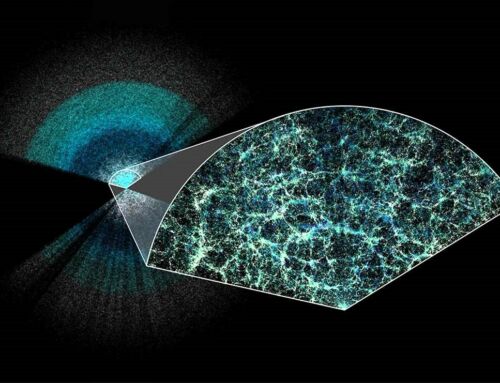
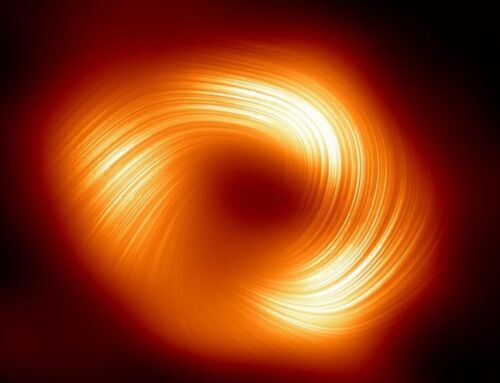
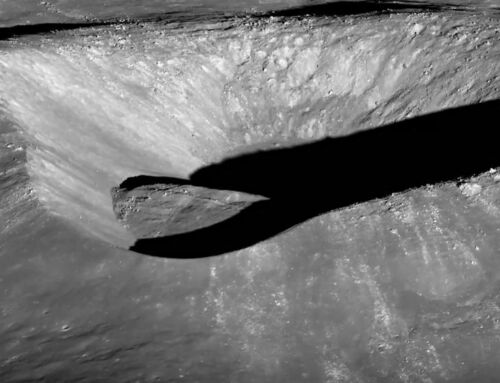
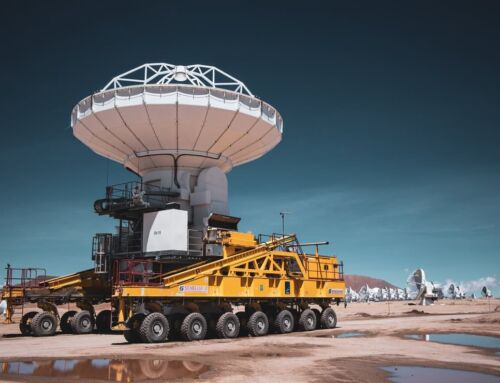
Leave A Comment